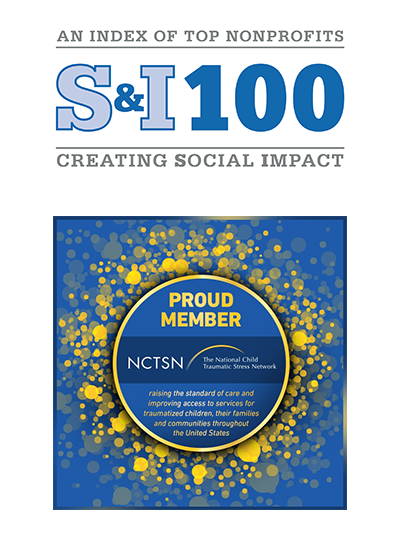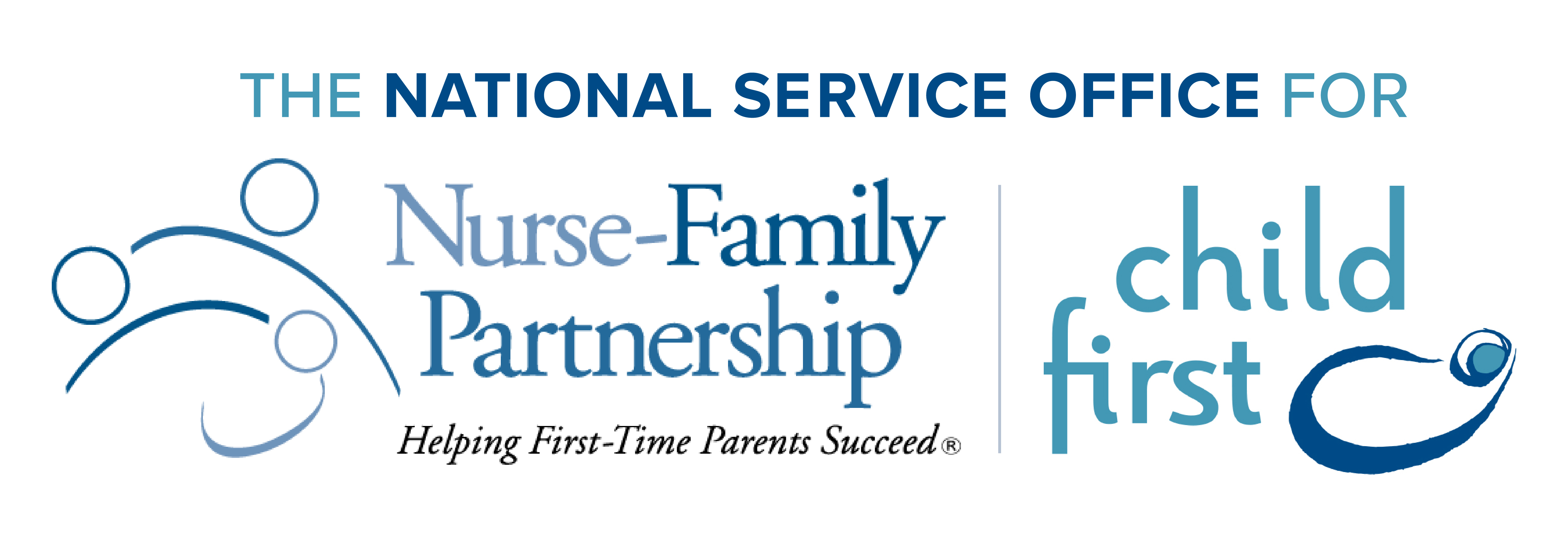LESSONS LEARNED:
A recent survey of our North Carolina home visitors (our Child First teams of Clinicians and Care Coordinators/Family Resource Partners) helped us to understand the experience of our home visitors during the COVID-19 pandemic. We found that their experiences have echoed across our national network. Here are lessons learned thus far:
Lack of access to telehealth resources presents a major challenge and an issue of equity for mental health service delivery via telehealth. (Telehealth is defined as the simultaneous use of both voice and video.) This is an issue that should be considered at the program and State levels. While funds from the Child First COVID Emergency Relief fund have purchased tablets and needed technology for families, there is much more investment needed to make sure all families have the tools they need to engage in telehealth for the long term.
Telehealth can be an effective way to engage caregivers, when it is a preferred method of communication, and they have access to the technology. Clinicians observe that some caregivers are better able to share their thoughts, feelings, reflections, and observations through telehealth. This is a reason to continue to explore telehealth as a continued option for individual (collateral) caregiver clinical sessions and reflective care coordination. Relationships and the parallel process are key ingredients in our Child First interventions, and in this way, careful exploration of the best ways to build and maintain relationships with caregivers and children is first and foremost on our minds.
There are challenges in providing dyadic treatment via telehealth. While the dyad (child and caregiver together) might be more focused on one another without the direct presence of the Clinician, young children (birth to six) are developmentally not ready to engage virtually in the same way that they would in a face to face interaction. Caregivers appeared at times to feel a pressure to keep their child engaged, creating more stress and a distraction for treatment. Clinicians found it particularly challenging to read body language and subtle cues, track the parent and child interactions, and observe the environment through telehealth. Each of these is especially important as we seek to understand a parent-child dyad and to help support their attachment relationship. Additionally, because children communicate through play, therapeutic toys become a crucial part of the dyadic sessions. Treatment sessions are greatly impacted by not having the materials needed for the child to express him/herself through play. Further study, training, and evaluation on conducting dyadic treatment through telehealth may be helpful.
At times, ensuring a private and therapeutic environment is challenging. While extra care was exercised when trauma assessments or trauma treatment were the focus for a session, having multiple family members in the home environment at once was a regularly occurring challenge. During typical home visits, Child First teams often negotiate this challenge by having the Care Coordinator (Family Resource Partner) or Clinician provide supportive play to other children in the home so that the dyad has dedicated time and space to engage in treatment with one of the Child First team members, depending on the goals for the session. For this reason, careful consideration would need to be given for using telehealth vs. a face to face service modality. Some considerations might include how many children are in the home, is there more than one caregiver available to help with the children, is there a private space in the home for treatment, or can the caregiver consider ways that they might create some private space (i.e., session planned for when children have nap time or play time outside with a trusted adult).
Telehealth offers an increased ability to reschedule appointments and reduces travel time and expense. This may help to decrease missed appointments, increase family retention rates, reduce fatigue for staff, and save money for agencies. The use of telehealth during illness in a family, weather related events (like a hurricane) or emergency declarations (like a global health crisis) are good reasons to consider the use of telehealth as a continued method of service delivery in the future. However, it should be noted that Clinicians can also experience fatigue from telehealth, which may impact the numbers of families that can be seen in a day.
In summary, although it is too early to tell how effective telehealth is, feedback from the use of telehealth appears to have both significant benefits and challenges for the delivery of the Child First Intervention. As a model, we will need to decide best practice standards for the use of telehealth, after we have the opportunity to analyze our data. We are hopeful to integrate various aspects of Child First via telehealth that best serve families after the pandemic has passed.








